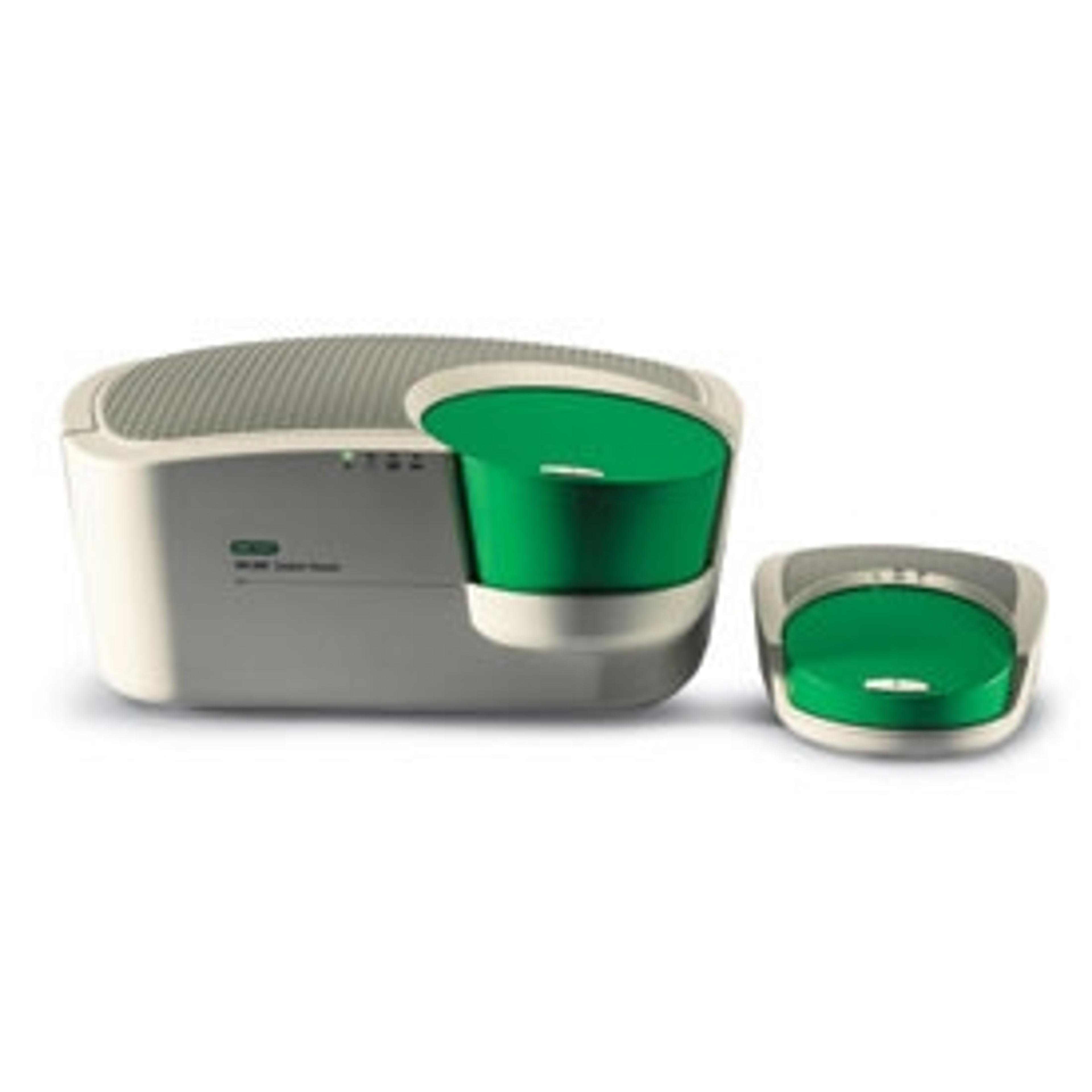Extremely Rare Mitochondrial DNA Deletions Associated with Aging Can Be Accurately Detected with Droplet Digital™ PCR
3 Sept 2013A study published today in Aging Cell identifies a new tool to accurately analyze extremely rare mitochondrial DNA (mtDNA) deletions associated with a range of diseases and disorders as well as aging. This approach, which relies on Droplet Digital PCR (ddPCR™) technology, will help researchers explore mtDNA deletions as potential disease biomarkers.
The accumulation of mtDNA mutations is associated with aging, neuromuscular disorders, and cancer. However, methods to probe the underlying mechanisms behind this mutagenesis have been limited by their inability to accurately quantify and characterize new deletion events, which may occur at a frequency as low as one deletion event per 100 million mitochondrial genomes in normal tissue. To address these limitations, researchers at the Seattle, Washington–based Fred Hutchinson Cancer Research Center developed a ddPCR-based assay known as “Digital Deletion Detection” (3D) that allows for the high-resolution analysis of these rare deletions.
“It is incredibly difficult to study mtDNA mutations, let alone deletions, within the genome,” said Dr. Jason Bielas, assistant member of the Public Health Sciences Division at Fred Hutchinson Cancer Research Center and lead author of the study. “Our 3D assay shows significant improvement in specificity, sensitivity, and accuracy over conventional methods such as those that rely on real-time PCR.”
Bielas added, “The increase in throughput afforded by Droplet Digital PCR shortened the analysis of deletion events to days compared to months using previous digital PCR methods. Without the technology, we could not have made this discovery.”
At the center of the study was Bio-Rad Laboratories’ QX100™ ddPCR system. Using the QX100 system, Bielas and his team analyzed eight billion human brain mtDNA genomes and identified more than 100,000 genomes with a deletion. They discovered that, contrary to popular belief, the majority of the increase in mtDNA deletions was not caused by new deletions but rather by the expansion of previous deletions. They hypothesized that the expansion of existing mutations should be considered the primary factor contributing to age-related accumulation of mtDNA deletions.
How the 3D Assay Works
3D is a novel three-step process that includes enrichment for deletion-bearing molecules, single-molecule partitioning of genomes into droplets for direct quantification via ddPCR, and breakpoint characterization using next-generation sequencing.
Once the enrichment process is completed using methods previously developed by Bielas and colleagues, the concentration of molecules within the droplets is adjusted with the QX100 system so that the majority of droplets contain no mutant genomes, while a small fraction contain only one. This process allows each deletion to be amplified without bias and without introducing the artifacts that are common in qPCR.
Following amplification, deletions can be analyzed using ddPCR to determine the absolute concentration of mutated molecules. Using the relationship between droplet fluorescence and amplicon size, Bielas and his team were able to characterize the size and complexity (whether they were a result of a few clonal expansions or a large collection of random deletions) of rare mitochondrial deletions in human brain samples.
The 3D assay provides an important new tool that will allow researchers to better study the mechanisms of deletion formation and expansion, and their role in aging. Droplet Digital PCR’s high throughput and increased sensitivity will also allow Bielas’ lab to target other low-level disease-causing mtDNA deletions in skeletal muscle, brain tissue, and blood.

